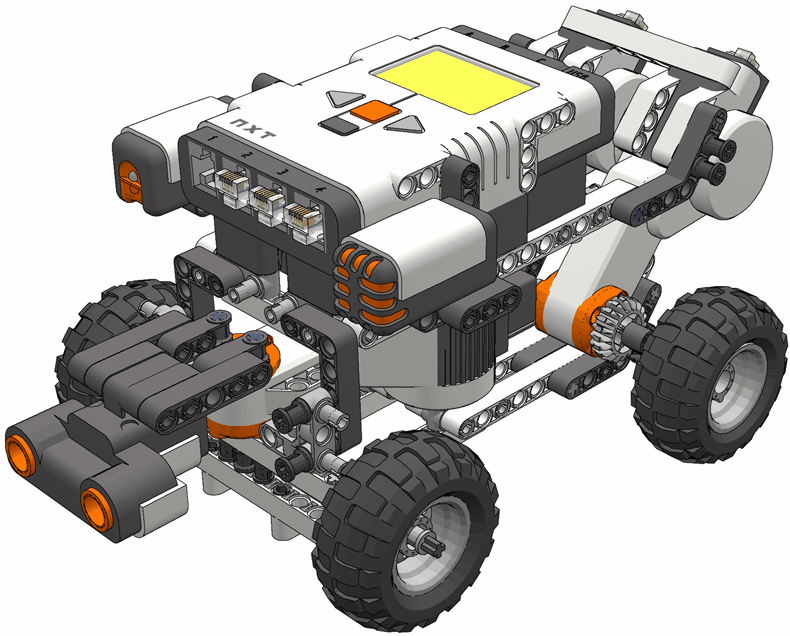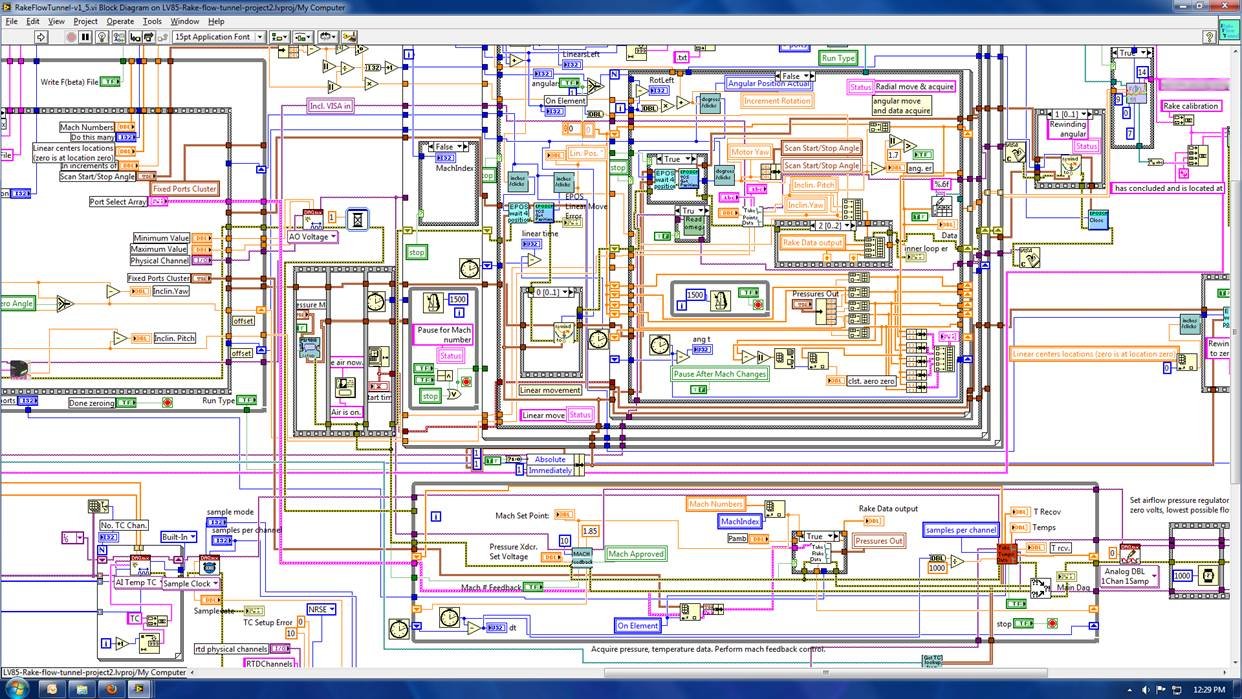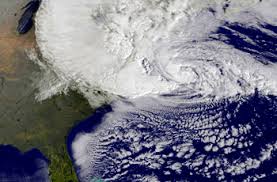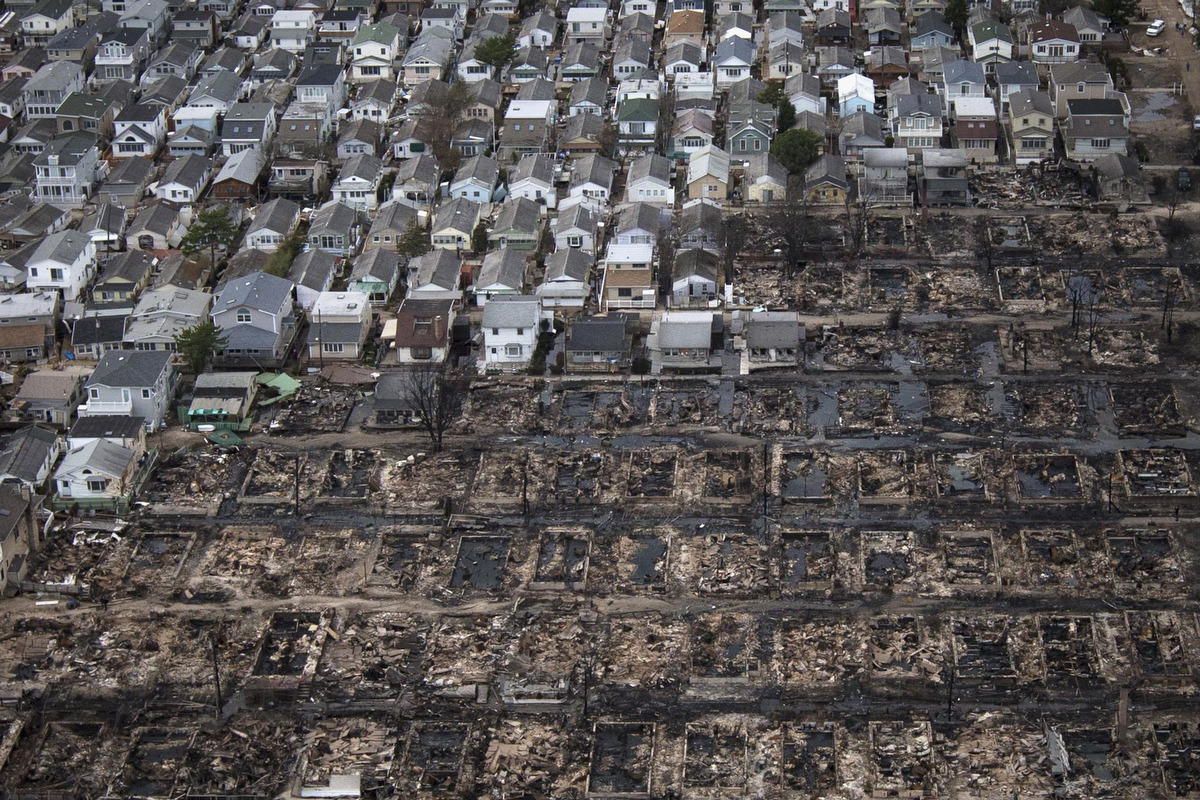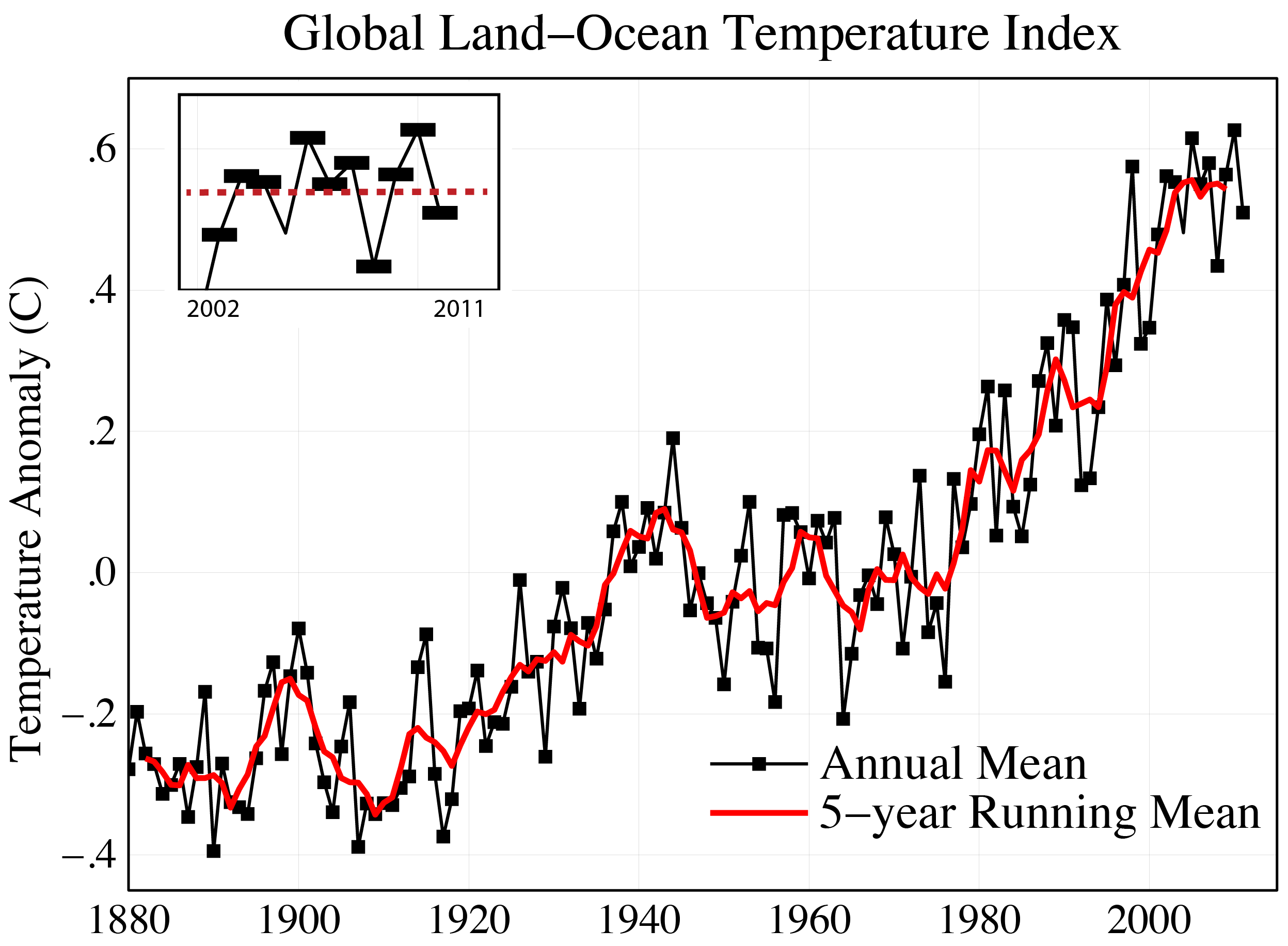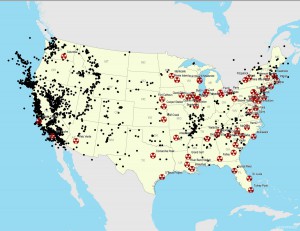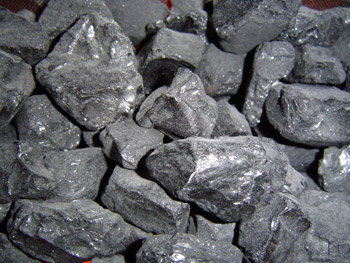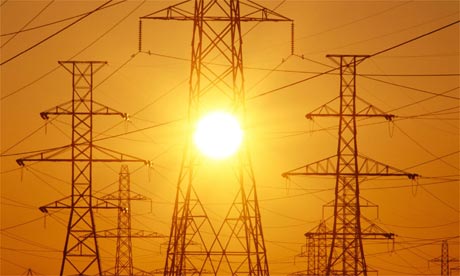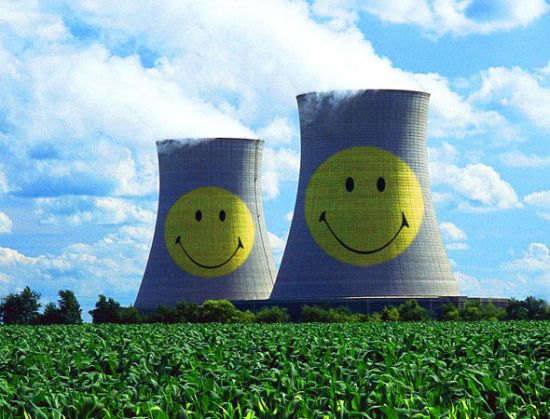During class on January 24th were given an assignment to assemble a robot in which the required materials were to be given to us. The robots were to be made out of legos. Assembling the robot was fairly easy if you properly followed the directions and matched it to the picture of the fully assembled one. However my partner did assemble his before I did. But after assembly is when things became a little bit more complicated for the both of us.
A look at the robot once fully assembled.
After the robot was assembled we were instructed to make it make it move in different directions. This was possible by hooking it up to the computer and programming it properly. The program that we used for the robot was called LabView. LabView is where I first started to have some difficulties. I am unfamiliar with programming so this was an interesting task for me.
An example of how confusing LabView can be
We were instructed to hook up the robot to our computers, then type in various numbers and codes that would make the robot function properly, e.g turn left, turn right, or go in circles. At first I could not get the robot to budge, but after finagling, and with a little help from the instructor and my classmates I got my bot to move straight ahead and into circles. Although I experienced some minor difficulties with programming I am sure it will come much easier to me and the class next time.
Overall if was an interesting activity. I would love to take part in similar ones since building things can be fun. I look forward to seeing what comes next in our class experiments.
